|
By Kourtney LaFavre I'm so happy to be back and sharing about one of my loves: STEM and STEAM books! STEM stands for Science, Technology, Engineering, Mathematics. STEAM includes an “A” for Arts. STEM is the more prevalent acronym used in education. From an author, educator, and mom perspective, my favorite STEM/STEAM books are those that make me feel something, things like wonder, excitement, curiosity, and inquisitiveness. Let's look at a few recent picture books that left me feeling "something special" after reading.
by Bryan Patrick Avery Have you ever wanted to try a new genre of story? Maybe you need to fix some problems with a current piece and don’t know where to start? I may have the solution for you: write a short story. Short stories are, by definition, short. This means that you can try things out without spending too much time or energy. They’re perfect for trying out new things, getting to know your characters, or even just trying to figure out if you like that idea that’s been bouncing around in your head. This month, let’s look at two shorts stories of mine that I think have helped me become a better writer. A number of years ago, I was hard at work on a middle grade mystery novel featuring Marilyn Jackson, a 12-year-old African America girl who was a magician. I struggled with a number of elements related to the book but my biggest challenge was fleshing out the main character which became obvious once I started submitting the work. Almost universally, the feedback was that, though the character seemed interesting, she was hard to connect with. With a little help, I realized all the things I didn’t know about my character. Namely, I had failed to understand three key things:
I scratched my head over how to address this until I decided to write and submit a short mystery for consideration in a Mystery Writers of America middle grade anthology. I decided to use my short story to explore the things I hadn’t thought about when working on the novel. I set the story during a school day and surrounded my main character (who was now a boy named Marlon instead of a girl named Marilyn) with friends and teachers. This allowed me to explore who my magician was and how he would respond to conflict. The result? My story, “The Magic Day Mystery”, was selected for inclusion in the anthology which became the popular book SUPER PUZZLETASTIC MYSTERIES edited by Chris Grabenstein. Another way short stories can help your writing as by allowing you to explore and experiment. This is what I did when I wrote “Grandma’s Greens Chase the Blues Away”. Those who know me know that my early days of published writing started with poetry. I still love reading and writing poetry, but it had been a while since I had submitted anything for publication. I have wanted to write a novel in verse for some time but wasn’t sure how to best approach it. Writing a short story in verse helped my get over my fears and allowed me to get my poetry legs under me. “Grandma’s Greens” will be published later this year in an anthology called THE ANTI RACIST KITCHEN – 21 STORIES (AND RECIPES) edited by Nadia L. Hohn. I can’t wait for everyone to read it. So, if you’re struggling with a longer piece or you want to experiment with a different style or genre, take a shot at writing a short story. The shorter form will help you focus your efforts while not taxing you with a long-term project. Well, that’s all for this month. Happy writing and have a magical month. 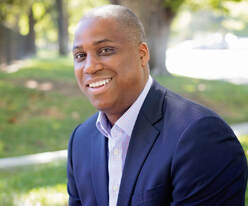 Bryan Patrick Avery is an award-winning poet and author of more than a dozen books for children. His middle grade collective biography, BLACK MEN IN SCIENCE, illustrated by Nikita Leanne, was released in 2022. Bryan is also the author of the middle-grade story, “The Magic Day Mystery”, which appears in SUPER PUZZLETASTIC MYSTERIES, THE FREEMAN FIELD PHOTOGRAPH, illustrated by Jerome White, the early chapter book series, MR. GRIZLEY’S CLASS, illustrated by Arief Putra and the picture books EARL LEARNS A LESSON and MAX’S MAGIC CHANGE, both illustrated by Roman Diaz. Bryan serves on the board of directors of the Northern California Chapter of Mystery Writers of America and is an Amplify Black Stories Fellow, a joint program presented by the Brown Bookshelf and the Highlights Foundation. Bryan lives in northern California with his family. by Melissa Stoller This February, whether or not you celebrate Valentine’s Day, think about the themes of friendship and love and try to find ideas filled with heart. Here are some prompts to get you started:
I hope these prompts help you develop some story ideas filled with heart. Let me know in the comments.
By Jennifer Swanson As an author of almost fifty books for kids, I’ve written biographies, history, concept books, branded books and series, but my main focus is on STEM books for kids. I love what I do! Being a nonfiction children’s author is so fulfilling and exciting. Kids LOVE nonfiction! I’m often asked if I have advice to aspiring nonfiction authors. In response, I came up with these five tips. 1. Where do I find a topic? Anywhere! Start with something that interests YOU. After all, you are going to be spending a lot of time with this topic as you research, write, edit, submit, and more. It’s always a good idea to see if there are events that might tie to your topic, like a big anniversary or a holiday, or something like Earth Day. But in the end, pick what you like and write it so well, that others will be intrigued, too. 2. You don’t need to be an expert in the topic you’re writing about This is a myth. What you need to have is a curiosity and the willingness to dive in and do the research. As an author of many STEM/STEAM books, I can easily say that my degree in chemistry didn’t help me with most of my book topics, well, except for my Big Fat Chemistry Notebook. But even then, I had to do a lot of research for that book because chemistry has changed since I took it in college. The best way to approach research is to start at the library. Check out as many books as you can find on the subject. Then head to the internet. Research legitimate sources, including universities, museums, professional associations, and maybe even find an expert to help you. Primary sources are awesome! But just remember, you can learn any topic if you just spend the time and effort to do it. 3. Narrative or Expository? It depends. I know that’s not a definitive answer, but it really is up to you as the writer to decide the best way to present your story. Typically, a narrative book tells a story. Not always from beginning to end, but a definite story arc. You want to show progression in your story and not just give informational facts. An expository book is mostly about the facts. Remember they are FUN facts, not boring facts. You might use this to talk about a difficult concept by breaking it up into smaller, more easily digestible facts, or perhaps you just want to bring attention to a particular topic by going more in-depth and explaining how it works. Expository books are not always straightforward, they can be lyrical, poetic, or even have a bit of narrative writing in them, too. 4. Picture book? Middle grade? YA? Again, it depends. Sometimes the topic tells you the age of your reader, but not always. Sometimes the topic tells you the age of your reader, but not always. The big factor is how you want to approach the topic. Do you want to take a deep dive and get very detailed? Then an older book might be better. If you want to give the reader a specific view into the topic, and use fewer words, then a picture book is for you. To decide, my recommendation is that you do a lot of research on the market. Make the decision to write what you feel is the best way to present your topic to the reader. 5. What if another book about my topic comes out before I can sell mine. Will that affect my manuscript from selling? I’ll be honest, the answer is maybe. I think all of us nonfiction authors have had that happen. I know I have. If someone writes a book about your same topic, especially if it sounds like it has a similar approach to yours, is for the same age group, or with a bigger house, that can definitely affect the sale of yours. That doesn’t mean you should give up. You can either keep working on it, perhaps by tweaking it so that your book is different, or you can put it away for a while. That’s what I did. I went out with a biography four years ago and it didn’t sell because another book came out about the same person and won a ton of awards. Four years later, my newly revised manuscript about that person sold. It just takes time. You can do it!! The world is always in need of more writers of amazing nonfiction for kids!
Jennifer has been a featured speaker at the Tucson Book Festival, National NSTA conferences, the Highlights Foundation, the World Science Festival the Atlanta Science Festival, and the Library of Congress’ National Book Festival. You can find Jennifer through her website www.JenniferSwansonBooks.com. Find Jen Here:
Instagram:https://www.instagram.com/jenswanbooks/ Facebook personal: https://www.facebook.com/jen.swanson.7737 Facebook page: https://www.facebook.com/profile.php?id=100064360286922 twitter: https://twitter.com/JenSwanBooks LinkedIn: https://www.linkedin.com/in/jennifer-swanson-0608471a/ |
We are so excited to be mixing things up at CBA, beginning with some delicious additions to the Blogfish. Meet our awesome bloggers!!
Here's our lineup: 1st Mondays begin with former school psychologist Dr. Debra Collins who will be writing about Social emotional Learning in kidlit and behind the scenes as well as Jewish children's books. 2nd Mondays will feature super smart Melissa Stoller whose career is taking off with several new books. 3rd Mondays will feature our new blogger coming soon. 4th Mondays features new blogger, the fabulous Brentom Jackson, who has a beautiful approach to blogging. And 5th Mondays we'll be taking a break Archives
July 2024
|
|
Discover
|
About Us
|
Join Us
Join our Community and receive a fabulous free gift, KidLit tips, newsletters, scholarship info, contests, and more!
Join our KidLit Mentorship |
Social Media
Interact with our FaceBook Group or follow us on:
|
© 2010-2024 All content on this website is copyrighted. Sorry, all courses are non-refundable.

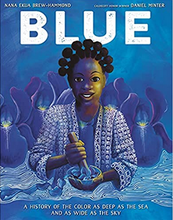
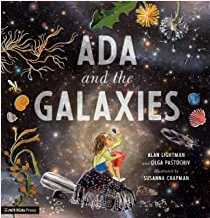
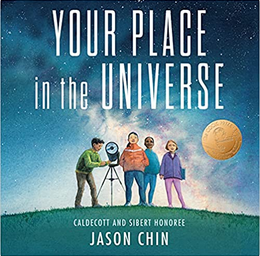
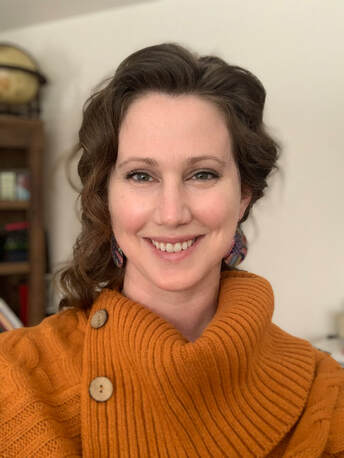
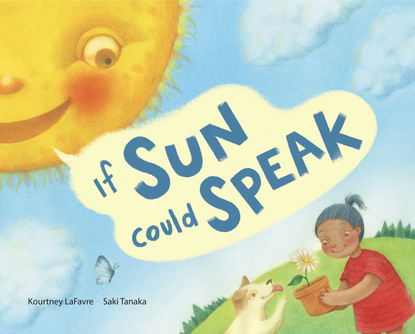
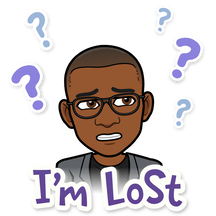
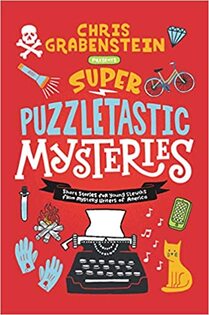
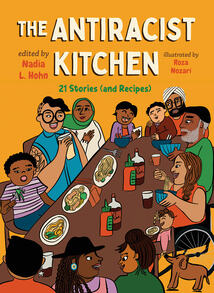



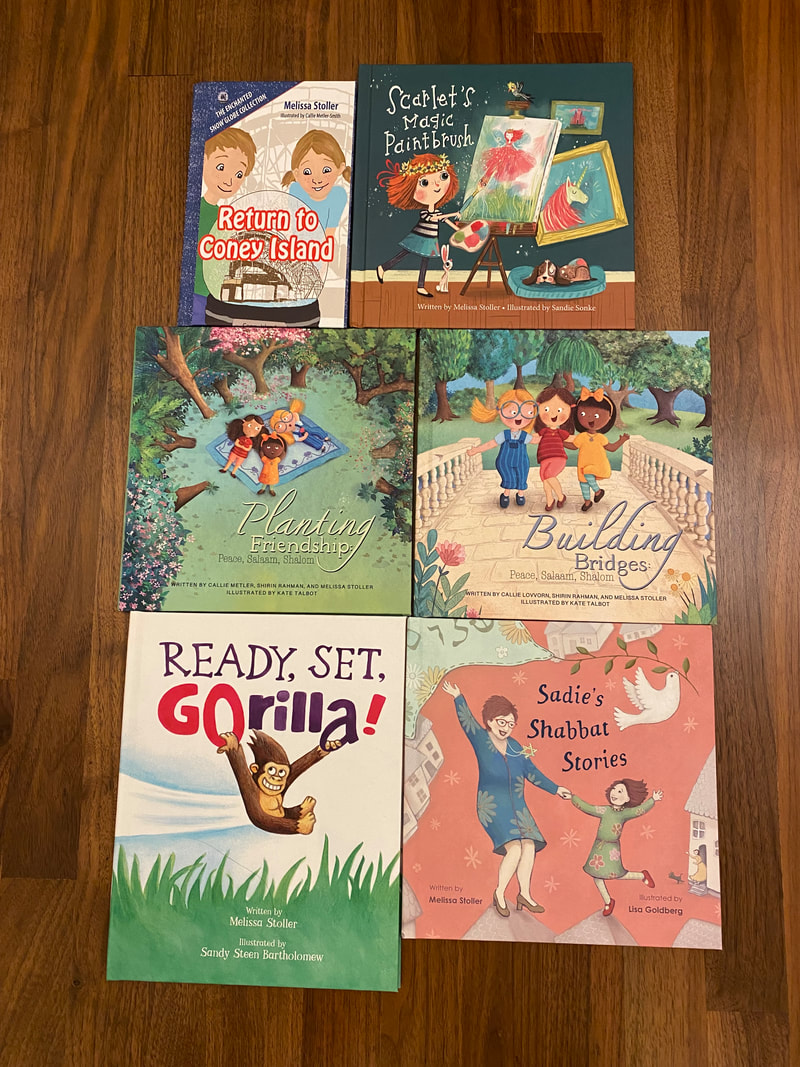

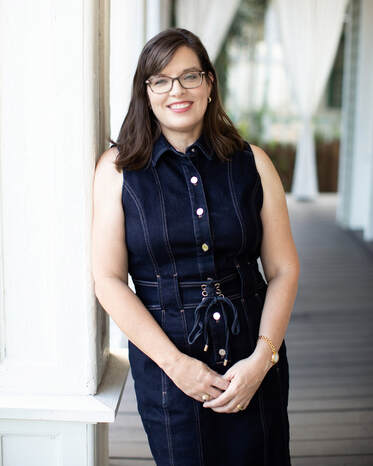
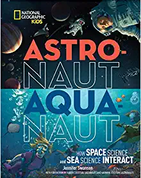
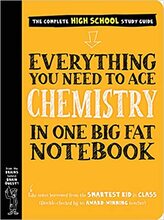
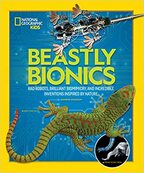
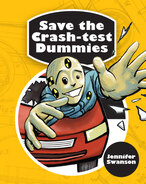
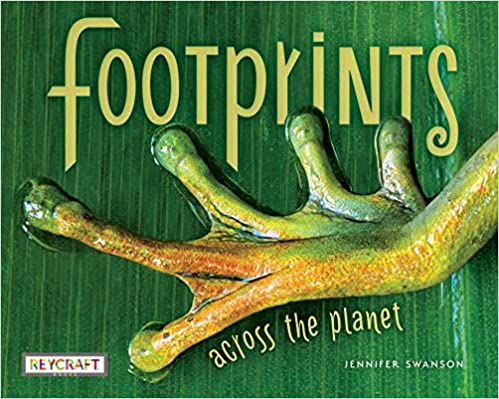
 RSS Feed
RSS Feed
